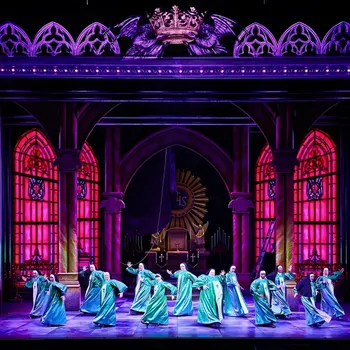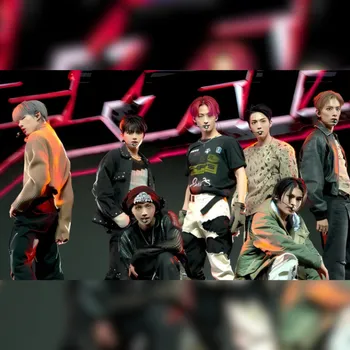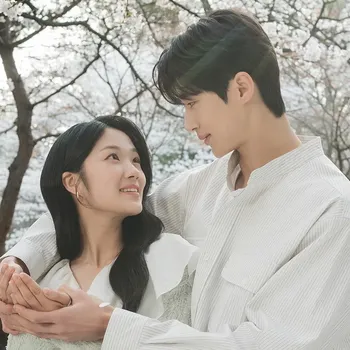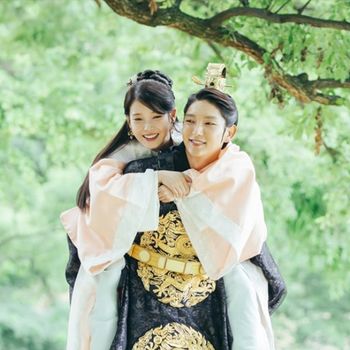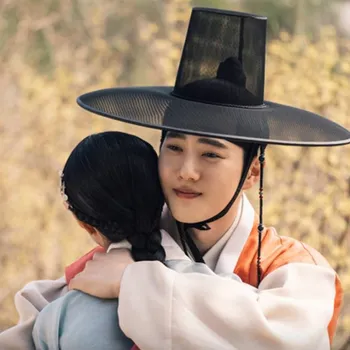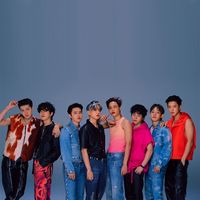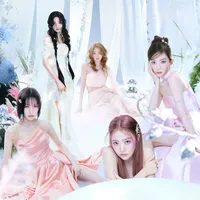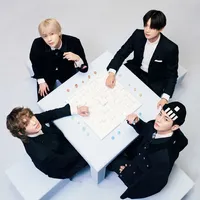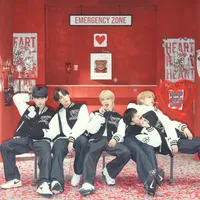
SM Entertainment / BIGHIT
K-Pop has always been known as a genre that doesn't shy away from being experimental. It is a genre that can be found in the dictionary next to 'unique' and prides itself on that fact. In a single K-Pop song, you can experience a number of genres, musical tones, themes, and more. This makes the K-Pop listening experience a true adventure.
In our article Why K-Pop Songs Tend To Sound Similar Or Familiar: Exploring Sampling And Interpolation In Popular K-Pop Songs, we briefly touched on the experimental nature of K-Pop. Read all about it at the link below.

Why K-Pop Songs Tend To Sound Similar Or Familiar: Exploring Sampling And Interpolation In Popular K-Pop SongsK-Pop StoriesDec 3, 2022
Recently, this experimentalism has taken the K-Pop world by storm as more and more artists try different sounds. The rhapsody format has become one of the latest rising trends in K-Pop music.
The definition of a rhapsody is as follows:
"A rhapsody in music is a one-movement, episodic work, often featuring contrasting moods, colors, and tonalities, with a distinct air of spontaneity and improvisations" - Interlude
The rhapsody originates from and was initially most commonly used in classical music, especially through piano rhapsodies.
In modern pop music, one can say that a rhapsody would be a song that has several distinct parts with vastly different instrumental and tonal differences. It could almost sound like a few different songs strung together if you're unfamiliar with the format.
Today, we'll take a lo
Enjoy full access for just $1
Join over 10,000 active members!
🌟 Special Contents for Subscribers
